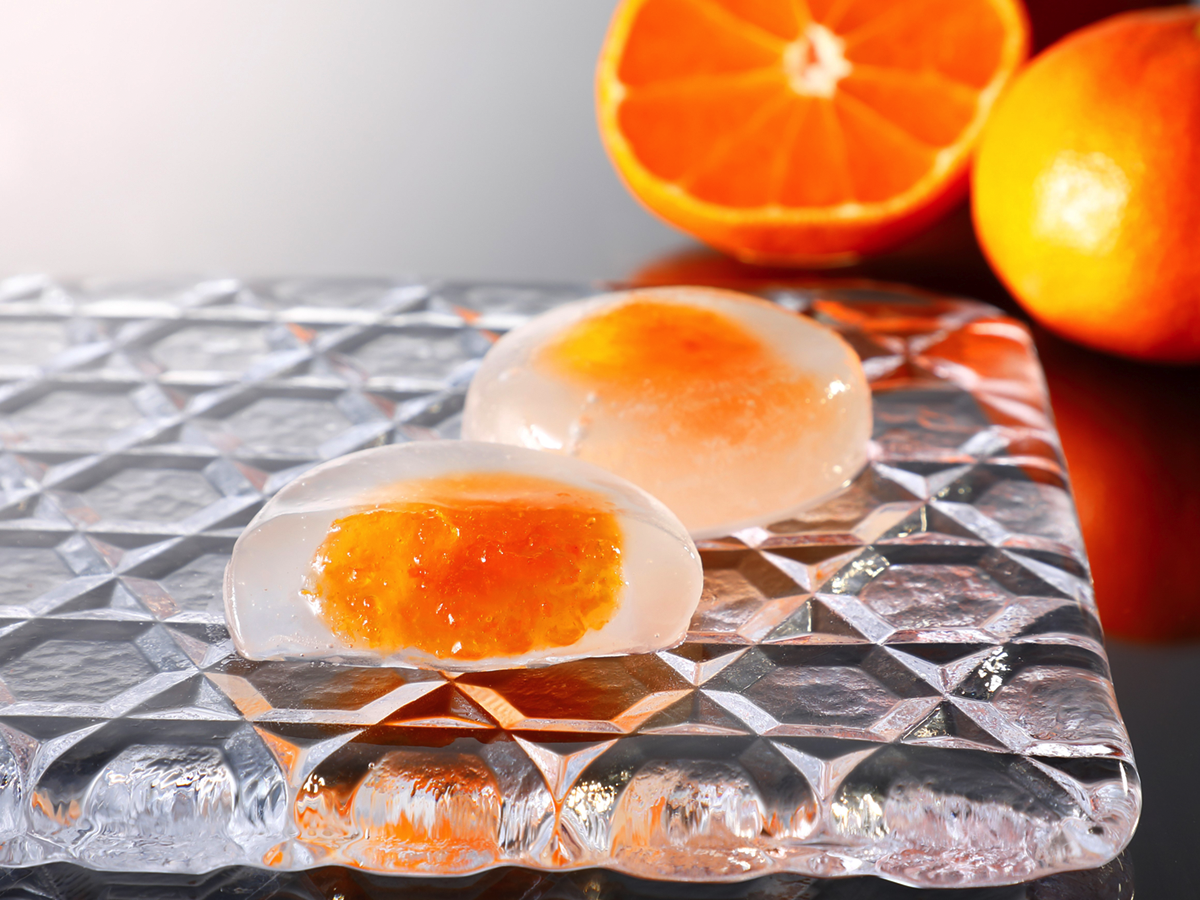
Source: PR Times
Tokyo’s raindrop jelly-like traditional summer mochi has a Japanese citrus surprise
- Source:
- PR Times
- Tags:
- Wagashi
Related Article
-
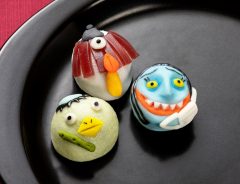
Slit-mouth woman and other Japanese ghouls turned into traditional sweets
-

Best-selling ‘sliced yokan’ toast topper gets all new spring berry flavour
-
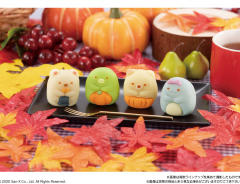
Halloween themed Sumikko Gurashi traditional Japanese sweets from Sanrio are all treat no trick
-
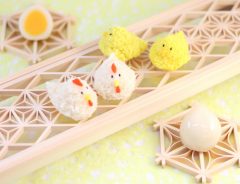
Traditional Japanese sweets maker crafts adorable Easter wagashi
-
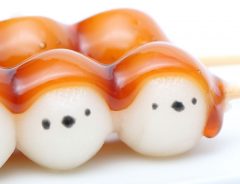
Japan’s cutest bird turned into dumplings that are just too cute to eat!
-
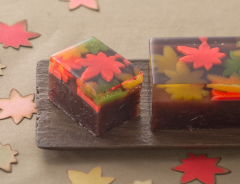
These gorgeous traditional Japanese sweets perfectly capture Kyoto autumn in wagashi form


Summer is the perfect time for fruity and refreshing sweets and Japanese traditional sweets, known as Wagashi, are famous for their seasonal specialties.
One example is this beautiful warabi mochi made by Tsukiji Chitose, a sweets makers which was founded in the Taisho era, and originally based in Tsukiji. This historical area is known as Tokyo’s kitchen, and not only was it home to the famous fish market, but all kinds of other food was created there. Tsukiji Chitose’s confectionery expertise led them to even be appointed as purveyors to the Imperial Household.
These historic sweets makers source the best materials from all around Japan taking into account seasonal specialties, and as a special summer treat this year, they’ve come up with a light and refreshing sweet to help us cool down.
Warabi mochi is a type of cake with a soft and jelly-like texture. The translucent sweet has been used to make this summertime treat particularly aesthetically pleasing, with the orange segment's bright hue visible through the mochi.
They’ve sourced setoka from Ehime prefecture, an area famous for citrus fruit. In Japan setoka oranges are compared to the fat underbelly of tuna, and called the 'otoro of the citrus world', due to the juicy and plump flesh of the fruit.
This summer treat, and Tsukiji Chitose's other creations, can be picked up at traditional sweet shops in Haneda Airport, details are available on the confectioner's website.